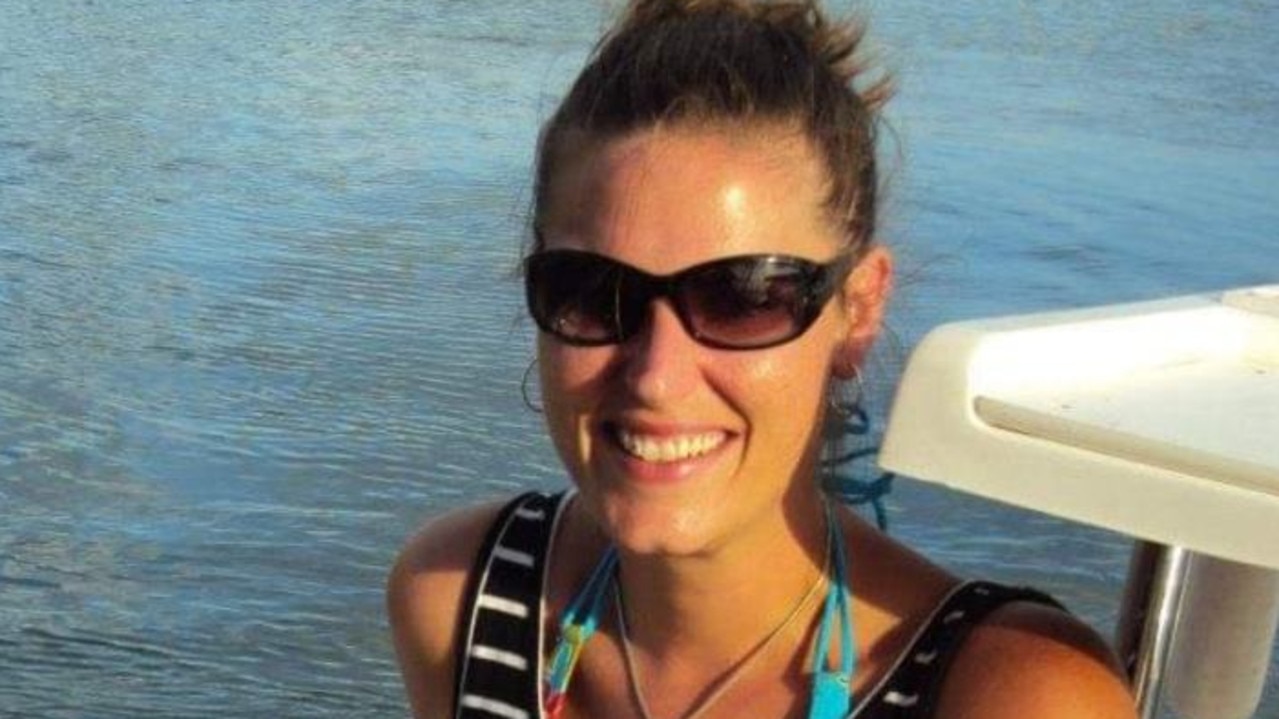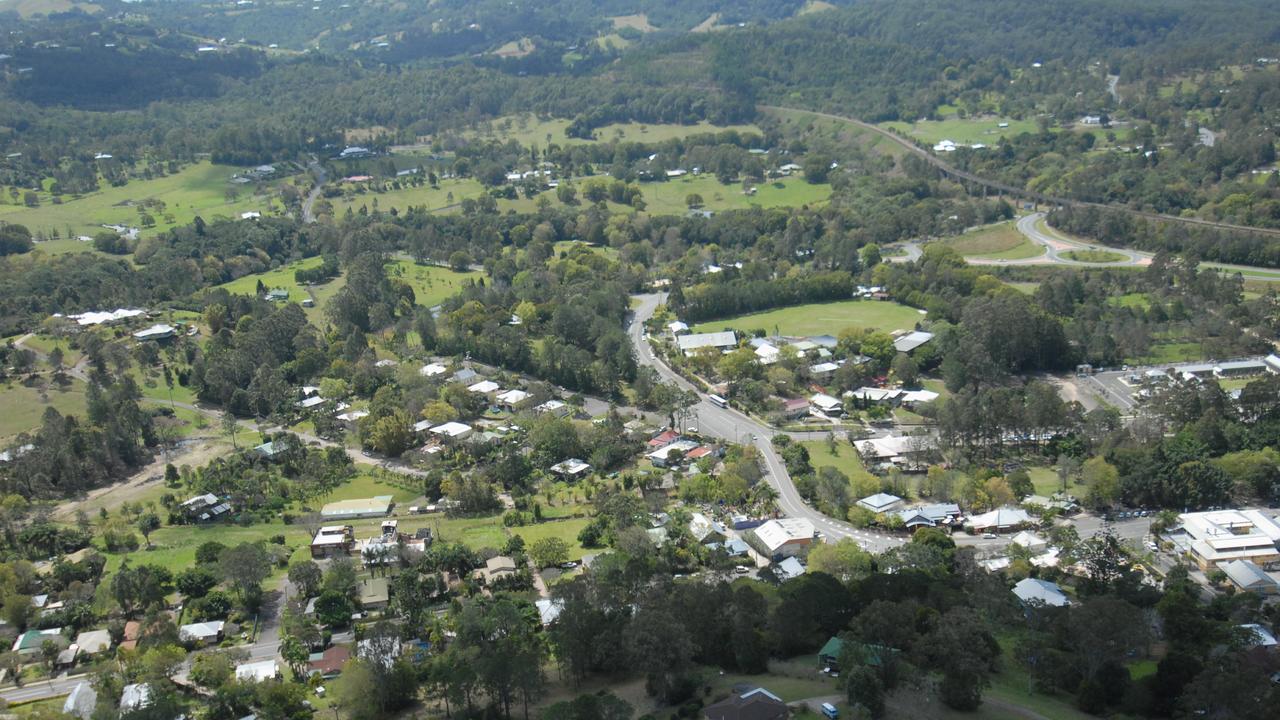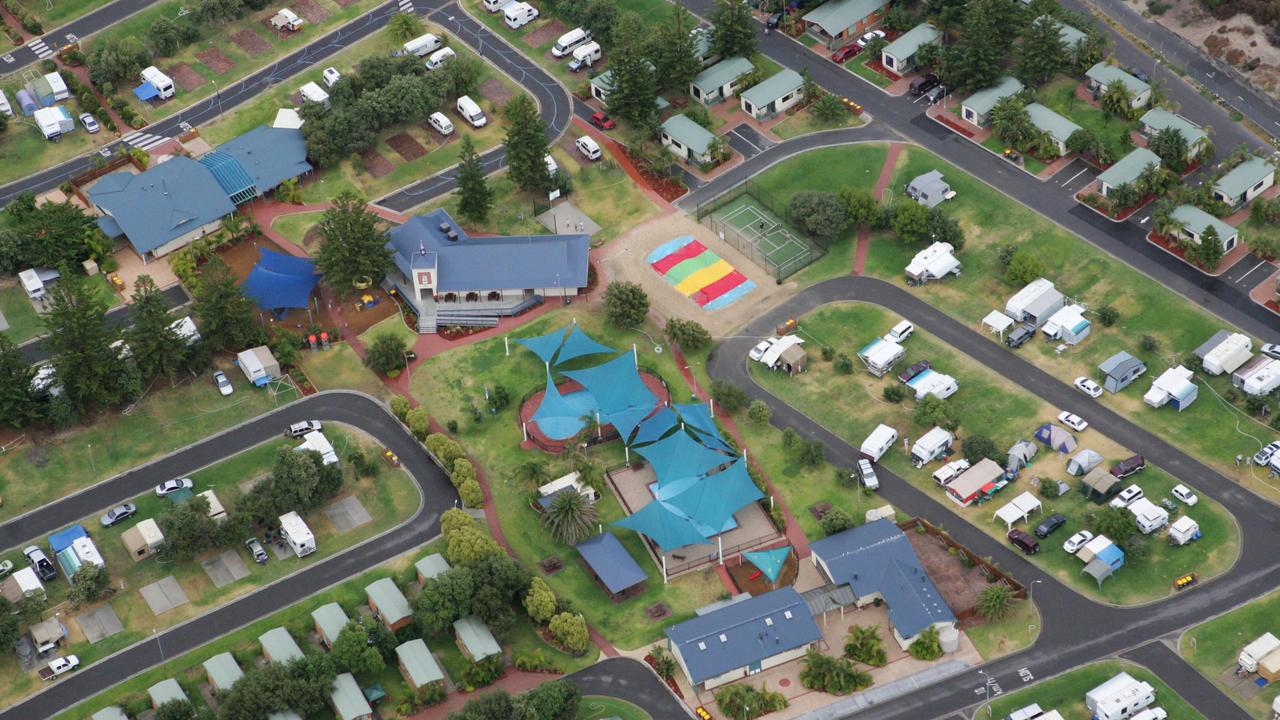‘OnlyFans and stuff’: Rental crisis forcing Aussies into ‘desperate’ measures
A woman who was forced to close her Noosa cafe is now homeless after being evicted from the home she had rented for 10 years. She says her story is not unique.
A woman who has been homeless for more than two months has warned “desperate” people are resorting to “insane” measures amid the worsening rental crisis, including turning to OnlyFans.
Lurlene Hunt, 40, has been couch surfing since December 1 after being evicted from the Sunshine Coast home she had rented for 10 years. The Eumundi local is living on Centrelink since having to shut down her cafe in Noosa last June.
“I’m just surfing,” she said. “I have had the odd person here and there say you can stay a bit longer but I don’t want to outstay my welcome.”
She says she has even resorted to contacting old school friends she hasn’t spoken with in years on Facebook, asking to sleep on their couch for a few days.
“What am I supposed to do? I don’t have family I can move in with,” she said.
Ms Hunt had been paying $600-per-week but by the time she went to look after receiving notice “the price rises were astronomical, places that would have been $600 were now $850”.
She believes her former house has been rented out at $950.
“[I’ve] looked from Brisbane to Gympie and anywhere inland, online probably thousands of properties and probably put in applications for between 30 and 40,” she said.

“One of the smallest ones [I] went to there were probably about 40 people who went through. The [real estate agent] said on average they’ve got 200 to 300 applications for a house.”
Ms Hunt was forced to stick her belongings in a shipping container and says she’s “absolutely not” hopeful of finding a place any time soon.
“I’ll be homeless for God knows how long,” she said.
“Centrelink isn’t that much, where am I going to get a place for $200? There’s no way out. I’ve got one caravan park in the area that I could move into … they are cleaning it up but it’s always been known as [a dangerous area]. That’s my option as a single woman.”
She says she’s far from the only person in this kind of situation.
“People are doing insane things to be able to afford rent,” she said.
“I know people who’ve got second and third jobs, OnlyFans and stuff. That’s not something I want to do.”
Ms Hunt said a friend recently joked that “you’ve got really nice feet” and “you could get $150, $200 for pictures of your feet” on foot fetish websites.
“People are getting desperate and it’s only going to get worse and worse,” she said, predicting that there would be an increase in crime such as retail and petrol thefts and home invasions.
“I don’t know what the fix is,” she added.

‘Immense pressure
Australia’s rental crisis has seen a “marked escalation” with an increasing number of suburbs recording the “highest possible distress score”, according to Suburbtrends’ February Rental Pain Index.
The monthly report combines factors including rent increases, availability, vacancy rates and affordability into single score, with 100 indicating “maximal rental stress” and 75 and above considered “extremely hard market conditions”.
Victoria has seen an escalation in rental pain scores, although Western Australia, NSW, South Australia and Queensland remain the most stressed.
Suburbtrends founder Kent Lardner said the biggest problem for Queensland was “it’s so widespread”. At a national level, out of the 25 worst areas 18 were in Queensland.
“It’s clearly the dominant state [among] the 25 worst locations,” said Mr Lardner.
“You are not going to find too many sanctuary locations to move to, so this ripple effect is squeezing people at or below median household income. You get squeezed and you have to move further and further away.”
For people on lower incomes, Mr Lardner said “we’re at the point now where you’ve got few suburbs left available to you”.
“Data suggests almost the whole of Queensland is under immense pressure,” he said.
“At least in a state like NSW you can find some sanctuary suburbs where rents haven’t gone up crazily you could target, especially if you’re a digital nomad.”
Mr Lardner said as people “pour into more affordable areas”, rents were drastically increasing and “suburb by suburb, area by area, areas are being reprofiled, for want of a better term”.

Some of the biggest percentage increases in rent have been off lower bases, such as the Logan area south of Brisbane, where the average increase has been around 17 per cent.
“[Looking at] the percentage of household income allocated to rent, when that gets about 30 per cent you realise there’s a massive shift underway,” he said.
“When it gets to the 40 or 50 per cent mark, that means the current cohort — who were there as of Census 2021 — are really no longer welcome, they’re being squeezed into couch surfing or caravans.”
Anne Crarey, executive general manager of property services at Little Real Estate, said the rental crisis was “only getting worse” and “I don’t see anything on the horizon that’s going to change where we’re at”.
“Rents just keep going up because of the supply and demand, rents keep climbing which is pricing people out,” she said.
“Our vacancy rates across the eastern seaboard are way too low, they shouldn’t be this low. You think for us it’d something to celebrate but it’s not because we see the impact it’s having on families.”
Ms Crarey said even 18 months ago a typical property would need at least two opens before it was tenanted, but now most only required one.
“So people looking for properties need to be prepared,” she said.
The controversial practice of rental bidding — where an agent or owner solicits a higher-than-advertised offer — “definitely used to be a massive thing” but Ms Crarey said “I don’t see it as much anymore”.
“I think that’s because the way properties are being priced now is a fairer indication of what the market is dictating, so there’s really no reason to do it,” she said.

‘Look at caravans’
According to Ms Crarey, the solution to the crisis has to be “encouraging people to be buying investment properties”.
“I don’t foresee any other way out of it,” she said.
“I don’t think the government’s going to be able to build what we need to build to make the rental crisis go away, so the solution firmly lands with the government in regards to making incentives to invest in properties more enticing.”
Last week, billionaire property developer Harry Triguboff said a large reason developers were going broke was the lack of investors, who now only make up around one quarter of the market, due to the low net return of about 2.5 per cent.
Ms Crarey said property investors were instead being targeted, including with a possible crackdown on negative gearing. “We’ve just got to be a bit more mindful of who investors are, they’re not all billionaires,” she said.
Mr Lardner, however, argued “an $800,000 house or a $700,000 unit is not the solution in terms of price and time — it can’t be”.
“We need to look at caravans rapidly,” he said.
“America hovers around 6 per cent of its population live in mobile home villages. Less than 1 per cent of Australians live in caravan parks. We could double or triple the sites we have today, populate them rapidly with prefabricated dwellings. We could do it leasehold, use government lands, bring together community housing groups and local government and execute this rapidly.”
He said that was the only realistic solution to boost supply to meet surging demand, largely driven by a record migrant intake of 518,000 net overseas arrivals last year.
“If we bring in half a million people we need a one-to-one match for a house for every 2.7 people coming in,” he said.
“It’s not race-based. If we can accommodate 500,000 or one million people bring them in — if we can’t, don’t. There’s a disconnect in the attitude and understanding of politicians. Unless politicians quickly get out of idealisms and move into realisms we’re in deep trouble.”

Record low vacancies
Australia’s rental supply fell to a record low in December as strong population growth continued to drive demand, according to the PropTrack Rental Report.
The national rental vacancy rate also remained at a near-record low of 1.1 per cent, compared with 1.3 per cent in December 2022.
“The rental market was characterised by low supply and strong demand in 2023,” said PropTrack director of economic research Cameron Kusher.
“These conditions made it difficult for renters to find accommodation and saw landlords increase rents, a trend likely to continue in 2024. While we expect rents to continue to rise this year, it’s likely that the rate of growth will slow. The already higher cost of renting and overall increase in the cost of living will limit rent price increases moving forward.”
But with “total rental listing volumes at historic lows and well below their decade average, rental conditions are likely to remain challenged”.
“There is a critical need for additional housing, particularly in the major capital cities,” Mr Kusher said. “Serious consideration needs to be given to the financing of these projects and the capacity to build the volume of housing we need.”
New rental listings on Realestate.com.au in December were 4.6 per cent lower than the previous year and 20.7 per cent below the 10-year December average.
Total rental listings were at a record low, down 4.7 per cent annually to sit 30.2 per cent below the December decade average, PropTrack found.
“Limited supply and high demand saw rental prices skyrocket in 2023, with the median advertised rent on Realestate.com.au rising 11.5 per cent over the year to sit at $580 per week,” PropTrack said.
“However, 2023 saw a slower rate of rental price growth than the 15.6 per cent increase in 2022.”






